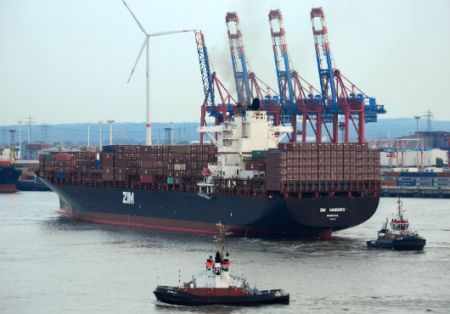
The LNG leakage incident that occurred during truck to ship bunkering of MS ”Bergensfjord” in Risavika on May 9th, 2014 performed by Skangass and Fjord Line has prompted SGMF to establish five Work Groups, each dedicated to a different aspect of improving the LNG handling process safety.
The Work Group Items are as follows:
LNG Bunkering Safety Guidelines
Intended as guidelines for the ‘flange to flange’ part of the process, whether shore, truck or barge to ship, the committee wants to help ensure the fundamentals of the process are right from the start.
Safe Working Distances
A deterministic or probabilistic approach can lead to wildly different distances for the same operation and these results can be manipulated to allow dangerously close proximity of operations.
There are pros and cons to each method of course however the policy from this organisation is going to be one of safety first and this guide will inevitably be a table of exclusion zones depending amongst others upon volume, manifold size, transfer rate, type of transfer to name but a few.
Salvage of LNG in a Marine Environment
This work group is made up of representative Salvors both from around the world and SGMF’s membership, likely to develop into a JIP of which SGMF itself will be a member and facilitator.
Training and Competence
Whilst LNG is understood within a relatively small sector of the maritime industry, the committee wants the rest of the maritime and bunker industry to start on the right footing with handling LNG.
LNG Quality and Quantity
The objective is to disseminate the fundamentals of Q&Q to all parts of the LNG supply chain when it is being used as a marine fuel.
We use cookies to improve your experience. By continuing to use our site, you accept our Cookies, Privacy Policy,Terms and Conditions. Close X